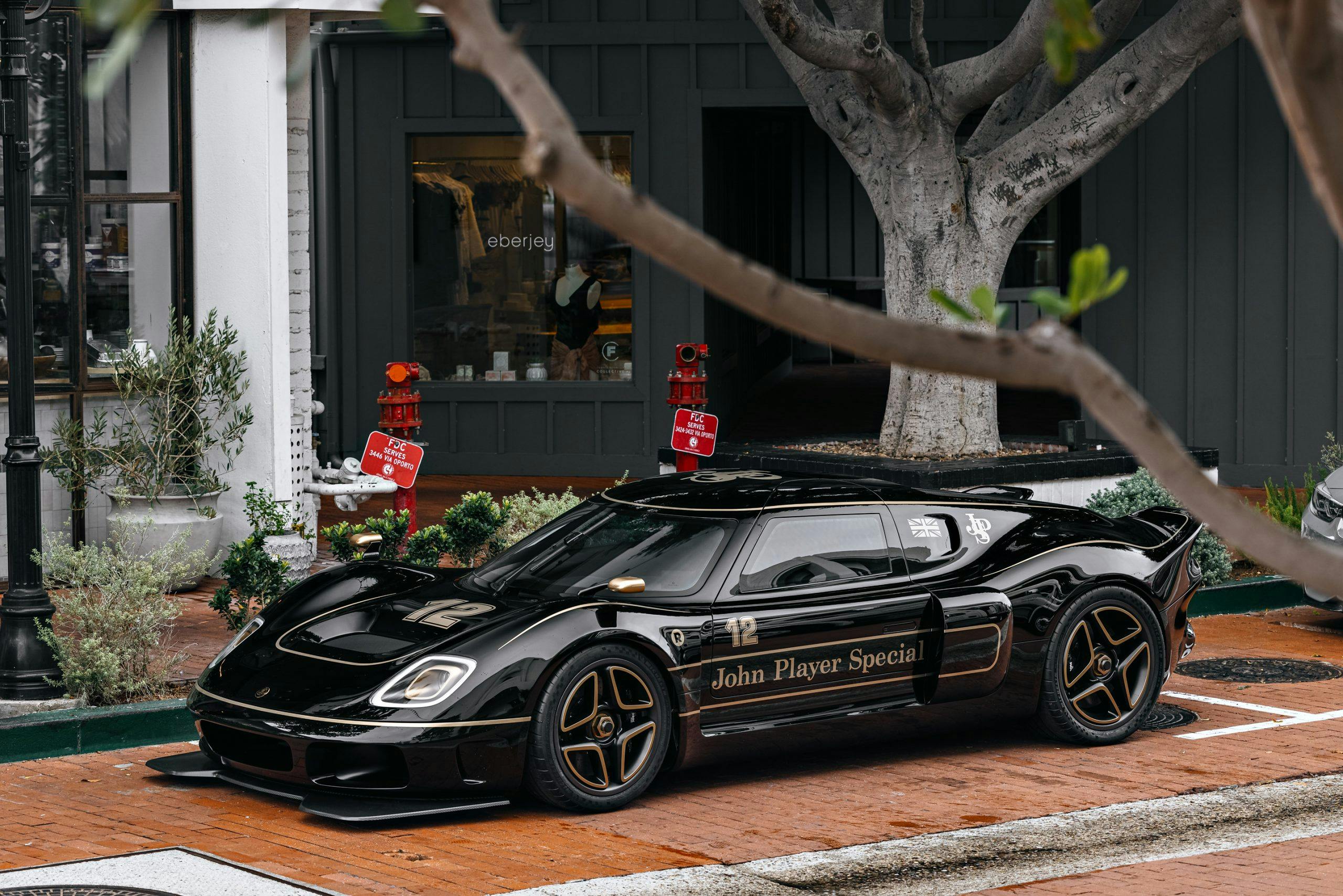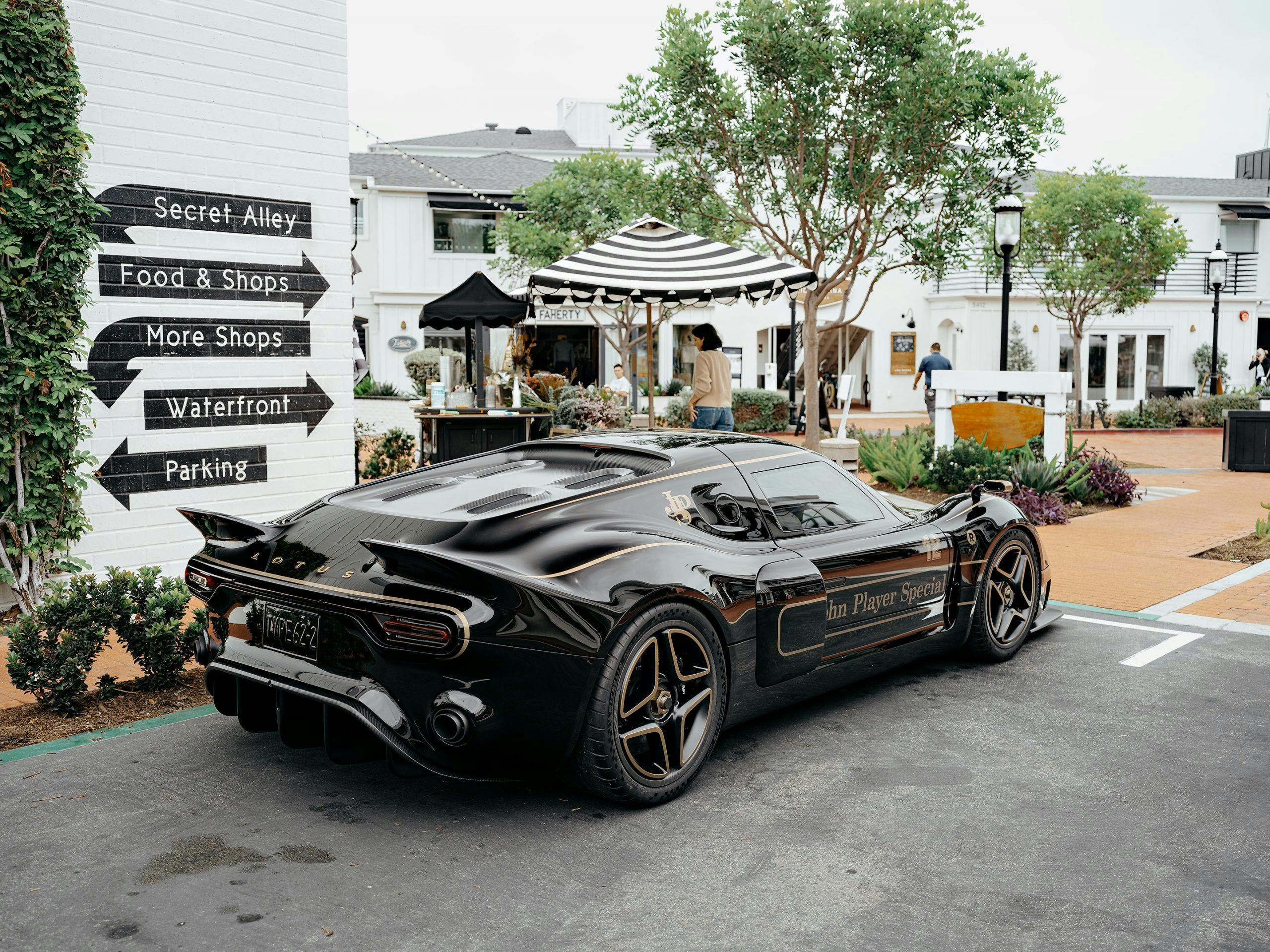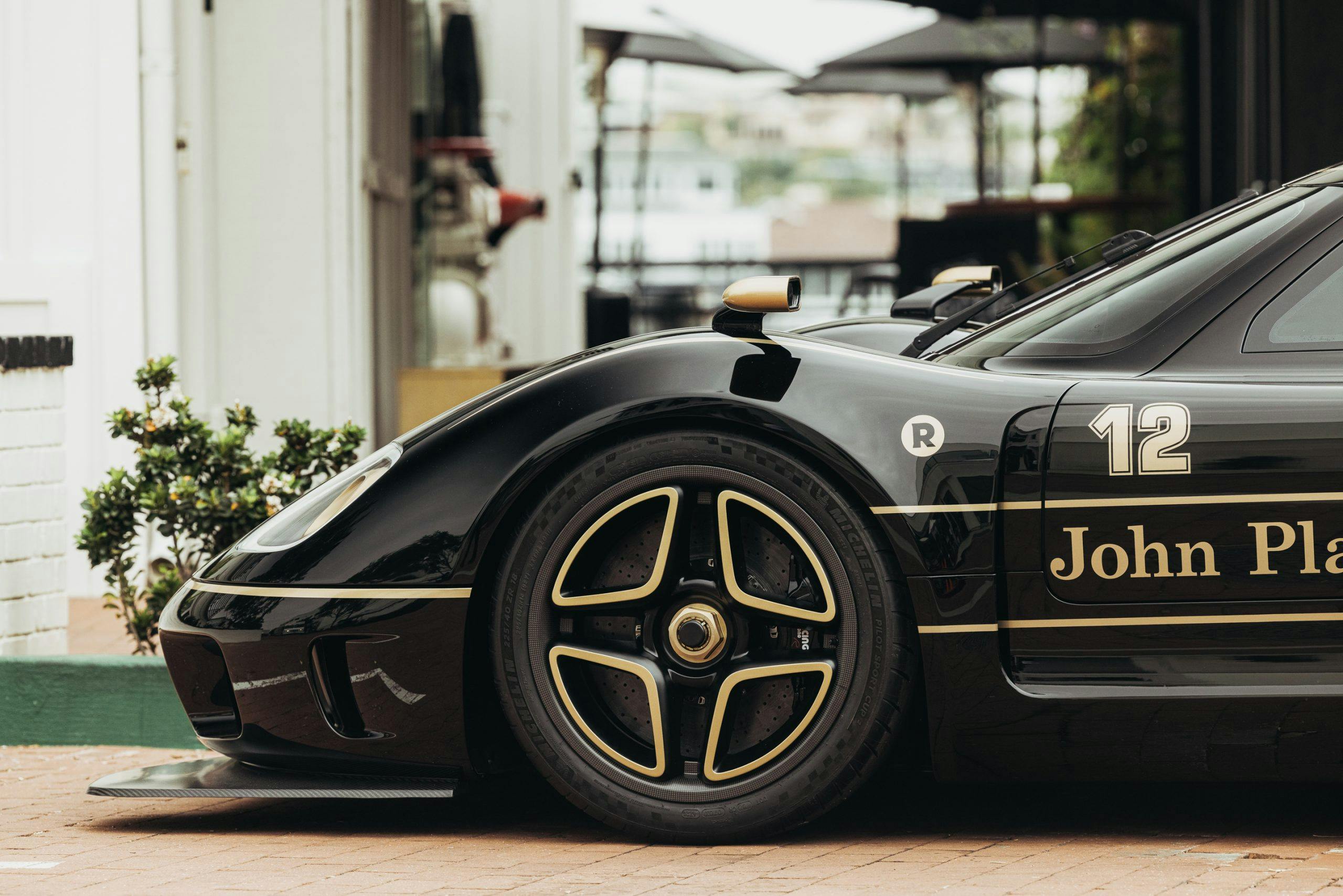Mercedes’ G-Wagen gears up for the trail, next-gen Ranger slings mud, Radford strikes black gold
Professional Line loads down G-Wagen with adventuring gear
Intake: The future of the G-Wagen may well be electric, but that hasn’t stopped Mercedes showing off a more rugged version of today’s G-Class. The Professional Line gets stone guards for the headlights, front and rear mud flaps and black 18-inch alloys with off-road tires. The show car is finished in striking burnt-orange metallic paintwork and contrasting black trim is used for the wheel arches, mirrors, side trim, rear-mounted spare wheel carrier, and the roof rack. That rack is roof tent–ready to make overnight trail adventures easy and a tow hitch is also installed so you can haul your friends out when they get stuck. The Professional Line showcases just some of the features that will be available on the 2022 G-Class, which will also include an Exclusive Line and AMG Line alongside three interior trims: Standard, Exclusive and Superior.
Exhaust: While we do admire the sheer brutality of the AMG Gs, it’s in off-road ready guise that we reckon the G-Class has always looked best. Let’s just hope that these tough-looking add-ons see some action beyond the suburbs.
Suzuki gives restorers of ’80s Katanas a fresh tank of hope

Intake: While not the first brand to pop to mind when talking about high-dollar restorations, Suzuki was one of the first to roll out fantastic parts support for its aging models. The latest goodies in its heritage catalog are brand-new fuel tanks for the GSX1100SD and GSX1000SZ Katanas, complete with period-correct paint and accurate Suzuki lettering. Pricing is just over $1000 but considering that the 40-year-old machines are not getting any younger, this could be the perfect opportunity to finish your restoration or custom build.
Exhaust: As time marches on, restoration shops are seeing a whole new generation of motorcycles come through the doors. Many small parts can be recreated by medium-to-large facilities thanks to 3D printing, but difficult-to-manufacture pieces often get elevated to unobtanium. Gas tanks are the prime example. Material doesn’t matter—whether aluminum or plastic, tanks requires expert craftsmanship and home-brew efforts almost always come up short. Good on you, Suzuki. Other manufacturers should follow suit.
Next-gen Ford Ranger slings mud Down Under
Intake: Don’t you just love a good teaser video? That’s what Ford Australia provided today, complete with a redesigned Ford Ranger in a fully camouflaged suit backed by the bleacher stomping beat of a Swag Rock groove. Pause the video here and there and perhaps a “larger Maverick” nose is indeed doing the dirty deeds of performing opposite-lock drifting in the mud, snow, etc … but where’s the mall-crawl test with curb jumping and parking lot stuntin’/flossin’?
Exhaust: It’s a safe bet the redesign includes a more upright, truck-like front end befitting something between the F-150 and the upcoming Maverick. Which is great, because the lack of frontal presence—not to mention the need for multiple engine options—is what the current Ranger truly needs in America.
Radford’s new livery isn’t just special, it’s John Player Special
Intake: Radford has added another retro wrap to its revisionist Type 62-2. Having already launched cars in the distinctive red-and-gold of Formula 1’s first sponsors Gold Leaf, the company has now announced it will build 12 cars in John Player Special black and gold. Originally worn by the Lotus Type 72D, which took Emerson Fittipaldi to the 1972 Formula 1 World Championship, this legendary livery would stay with the brand until 1986. Along with the classic colors the JPS edition gets larger diffusers and air intakes, plus 18-inch front and 19-inch rear carbon composite wheels—painted gold, of course. Behind these rims are uprated AP Monobloc calipers and carbon-ceramic rotors to help cope with the most powerful motor installed in a Radford to date. With new pistons, con-rods, camshafts, a bigger supercharger, and a remapping, the Toyota-based 3.5-liter V-6 now produces 608 horsepower. Each of the 12 cars in the limited run will be tailored to customer desires and deliveries are set to start in 2022.
Exhaust: We all know that smoking kills, but tobacco sponsorship of motorsports certainly made the cars look cool. Surely a Senna-era yellow Camel car will be next.
Toyota’s new 2022 Corolla Cross dresses the poster child of dependability in an SUV suit
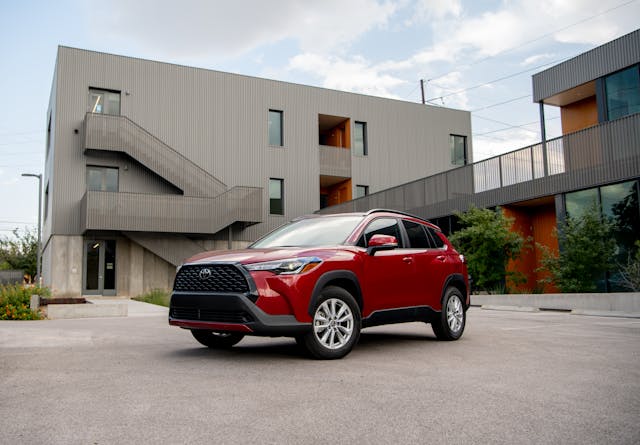
Intake: Toyota is slapping the Corolla nameplate on a new subcompact crossover, creatively named the Corolla Cross. It rides on the same TNGA-C architecture that underpins the normal Corolla, as well as the Prius and C-HR. Power—all 169 horsies—comes from a naturally-aspirated 2.0-liter four-cylinder paired with a CVT transmission. You can have your plastic-clad, stilted Corolla SUV in one of three configurations: L, LE, and XLE; the aforementioned trims are $23,410, $25,760, and $27,540 respectively, all including a $1215 destination charge. If you want all-wheel-drive on any trim, just add $1300. The Corolla Cross will be built at the Mazda Toyota manufacturing plant in Huntsville, Alabama, and should begin arriving at dealerships next month.
Exhaust: If there weren’t enough indications that the market is ravenous for higher-riding crossover SUVs, here’s the final harbinger. We don’t expect this to be a particularly scintillating vehicle to pilot—not even the sedan and hatch versions are all that fun, unless you opt for the sportier XSE Corolla hatch and spec a manual gearbox. But these types of vehicles—cheap, practical, and high-riding—are cash cows, and we’re not surprised to see Toyota plating another offering for the CUV crowd. We do, however, wonder what this means for the C-HR; the two share a wheelbase (a byproduct of a shared architecture) and the C-HR is only a few inches shorter than the Corolla Cross. Might this mean the C-HR is nearing the end of its road?
BMW crowns Dallara as LMDh chassis manufacturer
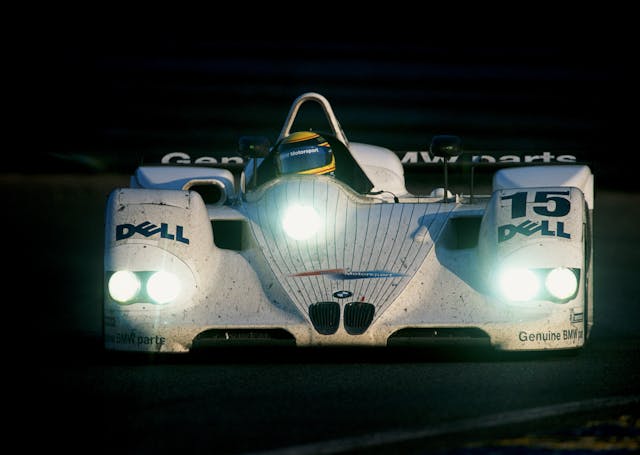
Intake: Though its car won’t compete until the 2023 season, BMW M Motorsport is hard at work bringing its LMDh entry to life. First decision: Who will build it? There are four chassis manufacturers approved for the new top class of WEC endurance racing: Oreca, Multimatic, Dallara, and Ligier. BMW is going with Italy’s Dallara to support its long-awaited return to endurance racing. (The last time BMW M set foot in WEC prototype racing was in 1999, when the Williams-built V12 LMR took first overall.) Dallara is a veteran in this space: Founded in 1972, the outfit first made its name in Formula 3 and today is the exclusive manufacturer for IndyCar.
Exhaust: With Porsche and Audi committed to Canada’s Multimatic, BMW is mixing things up in the chassis constructor party. The other confirmed OEMs in the LMDh class are Cadillac, Acura, and Lamborghini. If Caddy and Acura retain their relationships with their current DPi chassis manufacturers, that means Cadillac will stick with Dallara and Acura with Oreca. We won’t be surprised if Lamborghini, the third VW Group entry, also taps Multimatic.


